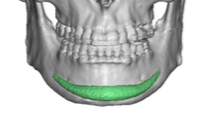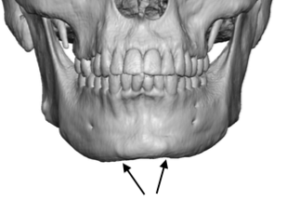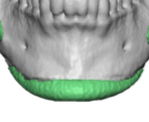The placement of chin implants can be through either an external submental skin incision or an internal intraoral mucosal incision. Regardless of the incisional approach a subperiosteal tissue pocket has to be created in which the implant will sit. Given the height of most chin implants there is a lot of bone surface area in which the implant can be placed in a north-south or vertical orientation.
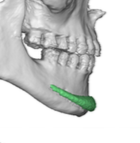

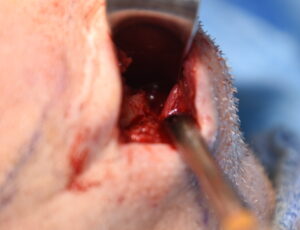

Dr. Barry Eppley
Indianapolis, Indiana



